10 Ways Humans are Getting Closer to Immortality
Discover how advancing technology, disease prevention, and global cooperation are shaping the future of health and longevity. From driverless cars to precision medicine, explore the exciting developments that are pushing the boundaries of modern medicine and promising a longer, healthier life.

Congratulations! If you are reading this, then you already stand a good chance of making the cut.
Welcome to a world where possibilities are endless, and the boundaries of disease and aging are being redrawn. With advancing technology, modern medicine is pushing the limits every day, offering not just the delay of death, but the promise of enjoying a fulfilling old age. As we approach an era where avoiding accidents becomes easier and longevity extends into the triple digits, a new reality is unfolding—one where vibrant golden years are within reach.
10. A Decline in Warfare

Safety has never been more widespread. In the United States, crime rates are at their lowest in decades, with violent offenses and major burglaries steadily declining. Media coverage may amplify crime events, but modern technology's pace and reach contribute to the perception. This trend is not confined to the U.S. alone.
Globally, the era is marked by unprecedented peace. War incidents and casualties are at historic lows—even within active conflict zones. While military activities garner significant attention, the numbers unveil a decline in warfare. If this trajectory holds, the threats of war could become one of the last challenges to longevity.
9. Universal Health Records
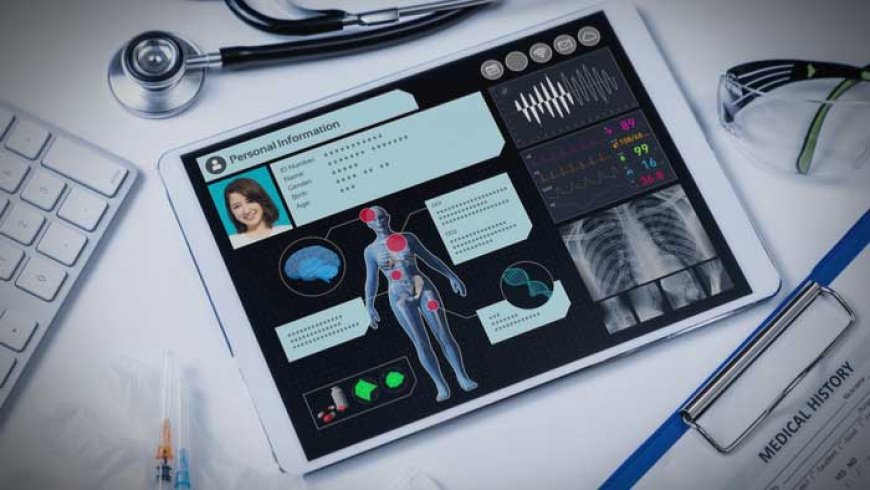
Digital integration is reshaping healthcare. The days of deciphering doctors' handwriting or fearing surgical errors are waning. Electronic Health Records (EHR) now encompass everything from vital statistics to allergies and family medical history, accessible to all caregivers.
EHRs replace the archaic pen-and-paper method, streamlining documentation across specialists and referrals. This unification of healthcare professionals is critical as life expectancy rises. Proper medication administration relies on correct information, a synergy achieved through policy and technology harmonizing in both healthcare institutions and households.
8. Preventing the Most Deadly Diseases
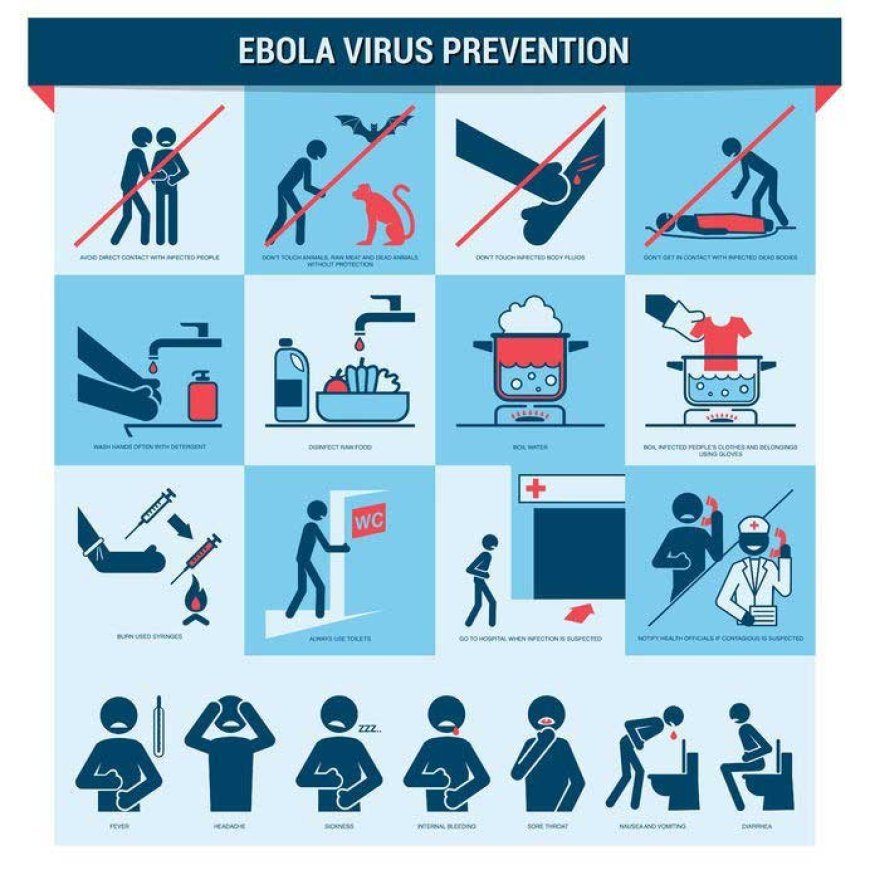
While headlines highlight diseases like Ebola, the real menace isn't always communicable illnesses. Obesity-related deaths, constituting a fifth of all American fatalities, emerge as a significant concern. Communicable diseases, while formidable, can be harder to control. In contrast, weight management and a healthy lifestyle are more attainable goals.
Healthcare's focus is pivoting from symptom treatment to prevention. The healthiest regions prioritize physical activity and weight control, supplanting hospitals and medicine. Early disease identification, preventive screenings, and timely interventions take precedence. Insurers and care providers increasingly prioritize this, empowering today's generations to manage illnesses before they escalate.
7. Driverless Cars: A Safer Commute
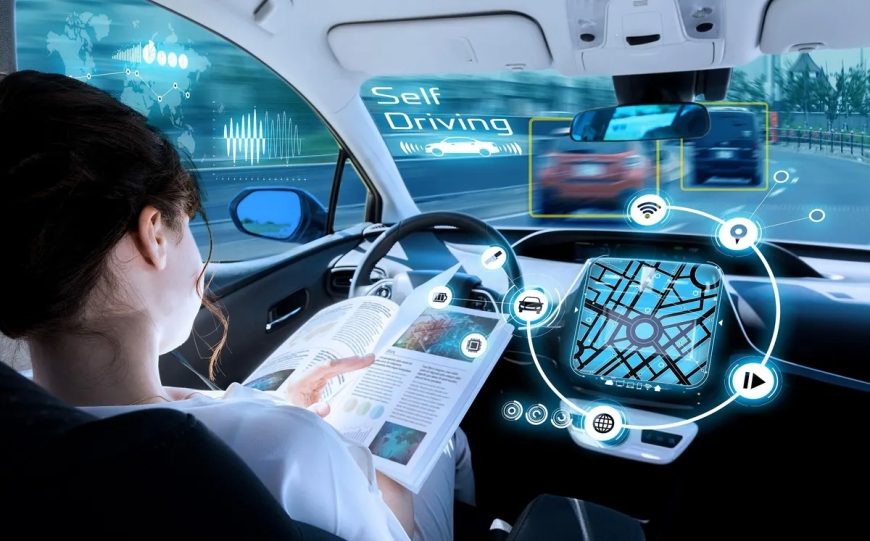
Prevention extends beyond diseases to daily hazards, such as road accidents causing over a million deaths annually. Most of these stem from human errors. Given the indispensability of vehicular travel, engineers, policy makers, and scientists are collaboratively creating autonomous vehicles.
While fully automated roadways remain a future goal, the UK's approval of robo-cars on public roads is a harbinger of change. This drive towards safer commutes, including protection from drunk driving, makes significant strides toward eliminating accidental deaths.
6. The Internet: A Lifeline for Information

Information is a formidable weapon against diseases. The internet's expansion facilitates the dissemination of life-saving knowledge. Social media campaigns targeting HIV and AIDS have improved awareness and hygiene while curbing risky behaviors.
Beyond social media, the internet also amplifies the impact of Electronic Health Records (EHRs), unified with the international disease classification standard, ICD-10. This synergy enhances global collaboration for outbreak detection and coordinated responses. Rapid identification of new viruses and timely treatment interventions become feasible. As global health hazards loom, this digital alliance fortifies worldwide healthcare's capacity to protect.
5. Virtual Health
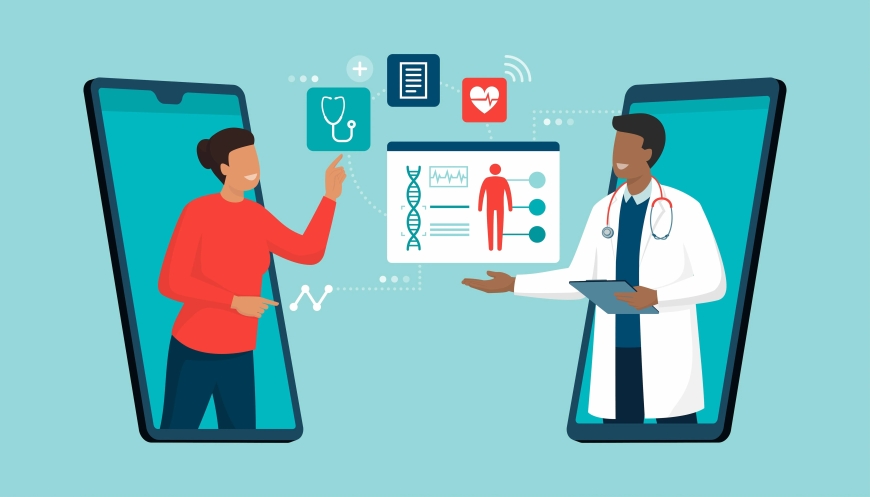
Access to information is potent, but sometimes insufficient. Telehealth, or remote medicine, bridges this gap. It encompasses virtual consultations, robotic-assisted surgeries, and more.
Telehealth addresses not only rural limitations in developed nations but also the dire health infrastructure in less-developed areas. These solutions, facilitated by the World Wide Web, hold promise for enhancing healthcare accessibility.
4. Aging in New Light

Is there a cure for aging? Science edges closer to unlocking the genetic secrets behind aging, potentially leading to its inhibition or cessation. While immortality remains a timeless dream, modern genetic research tantalizingly suggests a practical 'cure' for old age.
Promising strides in manipulating our DNA toward eternal youth are within reach, with anticipated widespread availability. This breakthrough beckons a future where aging becomes a choice.
3. Personalized Healthcare through Precision Medicine

Medicine no longer takes a one-size-fits-all approach. Precision Medicine tailors treatments based on patients' unique genetic profiles. This approach maximizes the efficacy of existing drugs and procedures while fueling the war against cancer.
America's Precision Medicine Initiative spearheads cancer research, revolutionizing diagnosis and early intervention. Precision Medicine dovetails with the preventive healthcare strategy, powered by advanced technology.
2. 3D Printing: Revolutionizing Healthcare
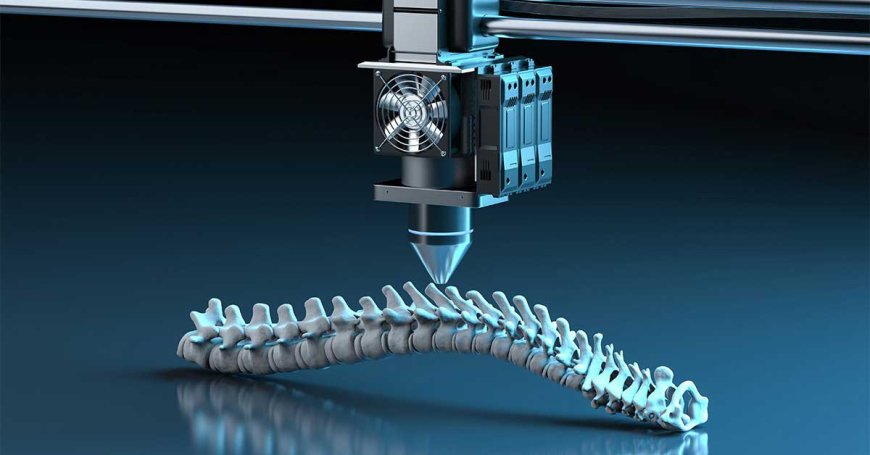
3D printing's transformative power extends from business to healthcare. This technology is revolutionizing prosthetics, replacing uncomfortable and expensive traditional options with custom-made, integrated limbs. The innovation even transcends, with 3D-printed organs poised for transplantation, negating the need for donations or cloned organs.
1. Globalization: Interconnected Health and Security
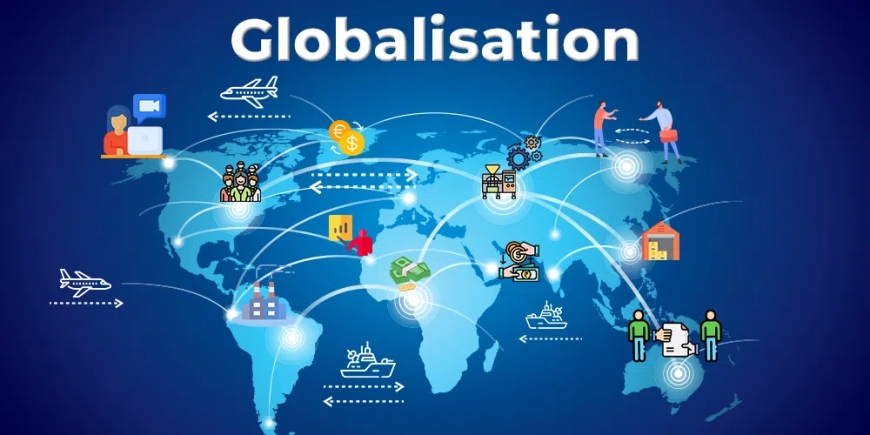
The world is shrinking due to modern travel, communication, and internet connectivity. Globalization isn't just about trade—it's about interdependence. Our collective well-being hinges on mutual cooperation.
In the new global economy, financial incentives intersect with collective safety. Disease outbreaks and natural disasters transcend borders. Securing our nations' borders is insufficient; eradicating global threats is imperative. The global economy drives a demand for accessible cures and warning systems.
Ultimately, money, often vilified, is steering us toward health and longevity, forging an interconnected world where well-being is shared.
What's Your Reaction?



























































